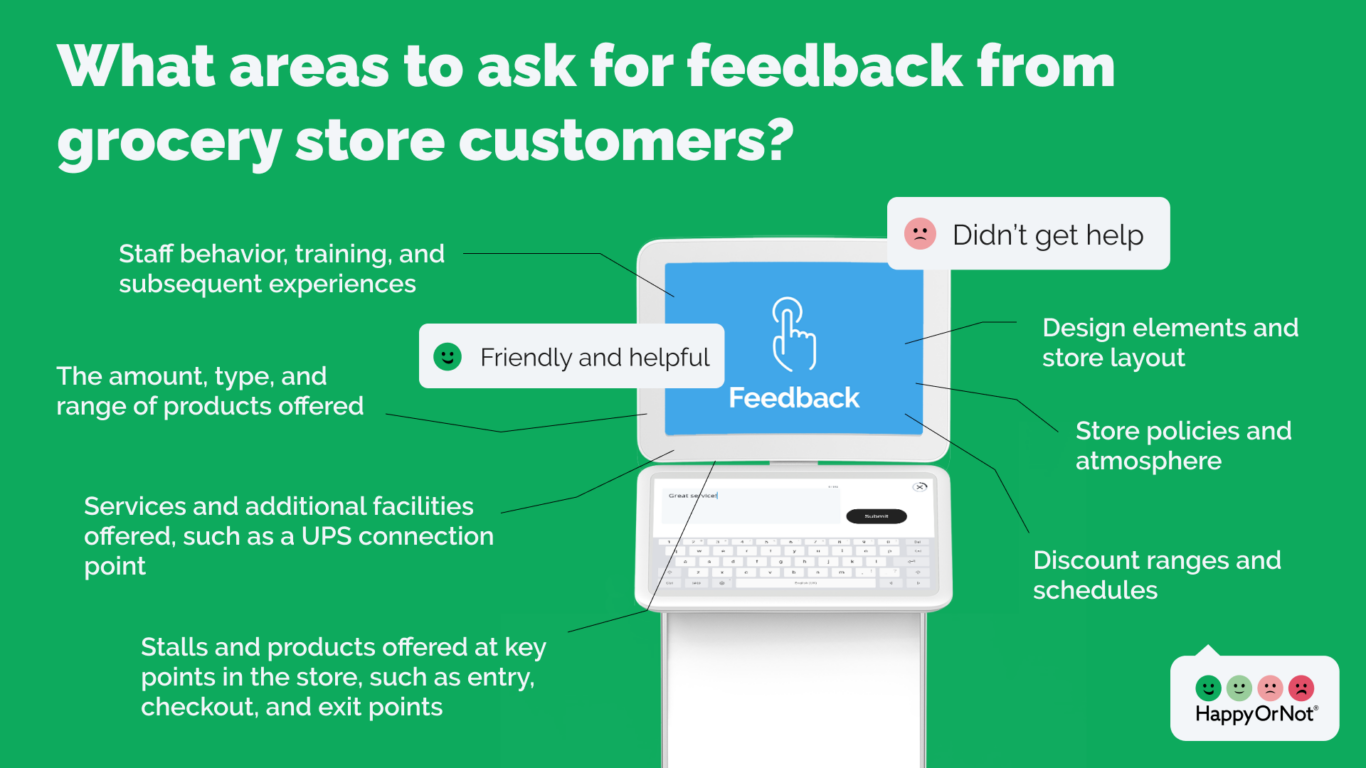Setting the standard: enhancing grocery store comparison and benchmarking
Comparison is a powerful tool for growth across industries, including (and especially) the grocery retail industry. However, every store is subject to localized variables that can affect comparison and benchmarking values drastically. Using powerful, artificial intelligence (AI)-enhanced customer experience (CX) programs and CX surveys can help to benchmark and improve customers’ grocery store experience accurately.
Understanding benchmarking with customer feedback
Benchmarking involves comparing a store’s performance with larger groups of similar stores or with the industry as a whole. It’s a powerful tool that informs stakeholders where current areas of growth are for the store as well as where the current gaps lie. Customer feedback can fuel benchmarking as customers “vote” with their dollars, acting as direct, illuminated pathways to the next correct step for local-level grocery stores and corporate chains alike.
Methods for establishing benchmarks
Generally, a store’s benchmarks are only as strong as the methods used to establish them. Having universal standardization around key performance indicators (KPIs) is critical to establish the contextual foundation properly for accurate benchmark data.
After the KPIs have been established and executed by a chain’s corporate, regional, and local levels, stores can begin reviewing the quantitative and qualitative data to optimize and improve.
Qualitative data (otherwise known as nonnumerical, more subjective data) can be used to inform and justify quantitative findings. That’s why having an AI-enhanced customer experience program and CX survey system provided by HappyOrNot, is critical to growth — it enables you to harvest accurate client experiences in a unbiased, streamlined way for further growth.

Exploring the competitive advantage of continuous improvement
Nearly every store element and experience can be improved by applying customer feedback. Common areas of a customer’s grocery store experience where feedback can be used and referenced quickly include:
- Stalls and products offered at key points in the store, such as entry, checkout, and exit points
- Design elements and store layout
- Discount ranges and schedules
- The amount, type, and range of products offered
- Store policies and atmosphere
- Staff behavior, training, and subsequent experiences
- Services and additional facilities offered, such as a florist hutch or UPS connection point
While it is a transition to include customer experience management tools into the corporate and local grocery store benchmarking process, it does pay dividends. Store stakeholders can expect to see increased customer loyalty, satisfaction, and investment over time. Having CX surveys and similar tools in place also differentiates your grocery store chain from competitors, reinforcing the chain’s commitment to customer service and positive experiences in a very public, tangible way for your consumers.
Enhancing grocery store performance with HappyOrNot
HappyOrNot is a leader in providing real-time customer feedback solutions that help grocery stores enhance their service quality and performance. By deploying HappyOrNot’s feedback terminals at various touch points throughout the store, companies can gather immediate and actionable insights into customer satisfaction. These insights are crucial for identifying service gaps and making informed decisions about store improvements and staff training.
Using this solution enables businesses to identify areas that need attention quickly and track improvements over time. By integrating HappyOrNot’s feedback tools with their CX programs, grocery stores can ensure a continuous loop of improvement, resulting in better-trained staff and happier customers. For example, a regional grocery chain that implemented HappyOrNot terminals saw significant improvements in customer satisfaction scores, particularly in departments that previously had lower performance metrics.
Customer experience programs enhance benchmarking efforts
Benchmarking is a critical component of grocery store optimization. Customer experience programs and CX surveys lay a cohesive, contextual foundation of depth for your quantitative values; showing stakeholders the most critical areas of growth and need, respectively. Over time, offering customers this level of brand participation and engagement will result in brand loyalty, advocacy, and awareness.